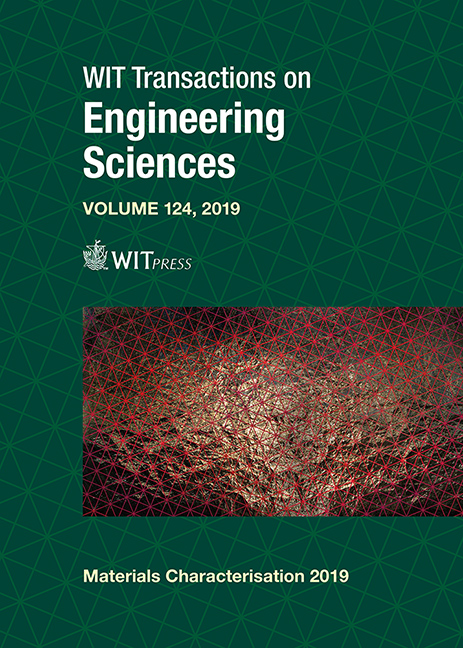DIFFERENCE BETWEEN USING TABULATED AND EXACT VALUES OF THERMAL PROPERTIES OF MATERIALS IN NUMERICAL SIMULATIONS OF HEAT TRANSFER THROUGH A HIGH-PERFORMANCE WINDOW
Price
Free (open access)
Transaction
Volume
124
Pages
12
Page Range
119 - 130
Published
2019
Size
275 kb
Paper DOI
10.2495/MC190121
Copyright
WIT Press
Author(s)
MIHA JUKIĆ, SABINA JORDAN
Abstract
The thermal properties of materials, primarily the thermal conductivity, are an essential input for numerical modelling of heat transfer in buildings and building components. When determining them according to relevant European standards, it is not uncommon to encounter materials for which the exact values are not appropriately specified and the tabulated values in standards are overly conservative. In such situations, the thermal conductivity of the material can be determined by measurement. However, this approach may prove inconvenient and too expensive, especially if the material in question turns out to have little influence on the overall thermal performance of the product. It is, therefore, of great interest to know how the thermal performance is affected by choosing either the accurate (measured) or the conservative (tabulated) value of the thermal conductivity. In this work, the two approaches are compared in a practical example – a high-performance window, Jelovica Jelofuture – using numerical simulations. Our study shows that modifying the thermal properties of individual materials generally leaves the thermal transmittances of the frame (Uf) and the window (UW) almost unaffected. If all of the materials considered are modified simultaneously, Uf changes by 1–2% while the change in UW remains below 1%. However, due to their small values, the calculated changes of Uf and UW may be significantly affected (further increased or reduced) by the rounding of the results according to the relevant standards. In contrast, using the tabulated value of linear thermal transmittance (Ψg) of the junction with the glazing leads to an overestimation of UW by up to 15%.
Keywords
thermal transmittance, numerical simulation, conductivity, tabulated and exact values, practical example





